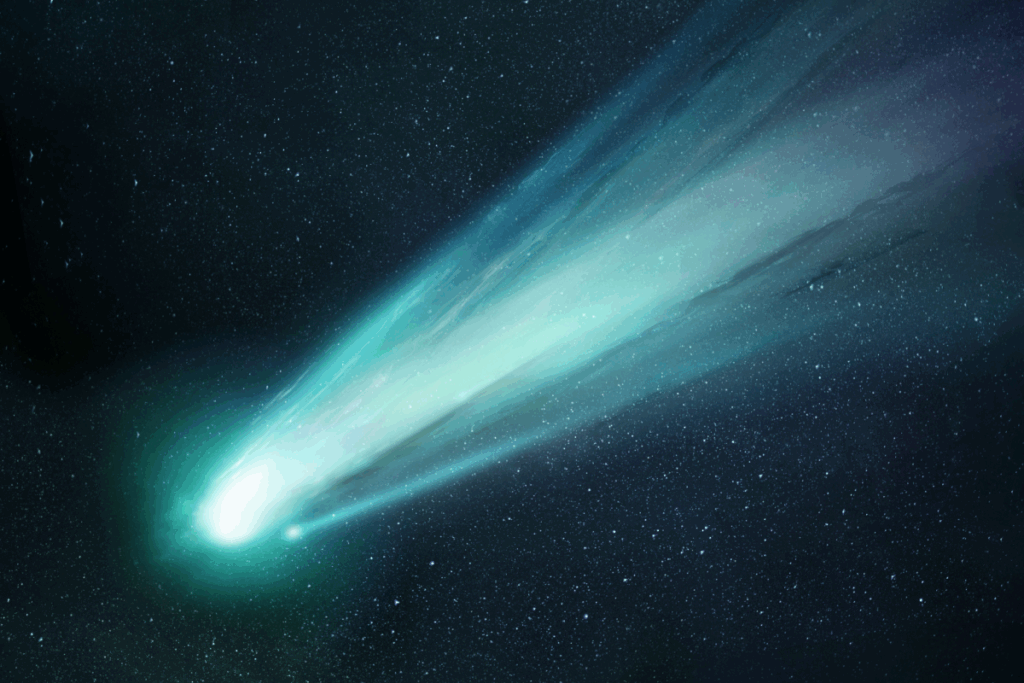A Rare Visitor From Beyond the Solar System
Astronomers are closely tracking a rare interstellar visitor: comet 3I/ATLAS. This extraordinary object, one of only three ever detected from outside our solar system, has recently been captured on camera passing near Mars. The event offers scientists a unique opportunity to study material formed around another star and to better understand the behavior of interstellar objects as they move through our solar system.
Discovered in July by the Asteroid Terrestrial-impact Last Alert System (ATLAS), 3I/ATLAS is traveling at nearly 137,000 miles per hour and continues to accelerate as it nears the sun. Its hyperbolic trajectory confirms it is not bound by the sun’s gravity and will eventually exit the solar system, returning to interstellar space.
Mars Orbiters Capture the Comet’s Journey
Between October 1 and 7, the European Space Agency’s Mars Express and ExoMars Trace Gas Orbiter observed the comet from about 18.6 million miles away as it passed the Red Planet. Though both orbiters are designed to photograph Mars’ surface, they managed to capture faint images of the distant object, which appeared as a small, glowing white dot in the sky.
Colin Wilson, project manager for both missions, said, “The Mars orbiters continue to make impressive contributions to Mars science, but it’s always extra exciting to see them respond to unexpected events like this.” Scientists are now analyzing the data to learn more about the comet’s size, activity, and composition.
Future Observations and Solar Approach
More photos of 3I/ATLAS will come from the Jupiter Icy Moons Explorer (JUICE) mission between November 2 and 25, when the comet will be at its most active stage following its closest approach to the sun. However, because JUICE is currently on the far side of the sun, the images will not reach Earth until February 2026.
3I/ATLAS will come within about 130 million miles of the sun on October 30—closer than its minimum distance from Earth, which will be around 170 million miles.
Why 3I/ATLAS Matters
Unlike asteroids, which are mostly rocky, 3I/ATLAS is an active comet with an icy core and a surrounding cloud of gas and dust known as a coma. This composition provides a rare chance to study the chemistry and evolution of planetary material from another star system.
NASA’s Hubble Space Telescope first observed the comet in July, estimating its nucleus to be between 1,000 feet and 3.5 miles wide. The James Webb Space Telescope and SPHEREx mission later studied it in infrared light to reveal more about its composition. Recent images from Chile’s Gemini South telescope show that the comet’s glowing tail is steadily expanding as it approaches the sun.
A New Chapter in Interstellar Exploration
3I/ATLAS joins ʻOumuamua (2017) and Comet Borisov (2019) as the only known interstellar objects to visit our solar system. Each has deepened scientists’ understanding of how material travels between stars. As 3I/ATLAS continues its journey, astronomers around the world are racing to collect as much data as possible before it vanishes into interstellar space once again.


